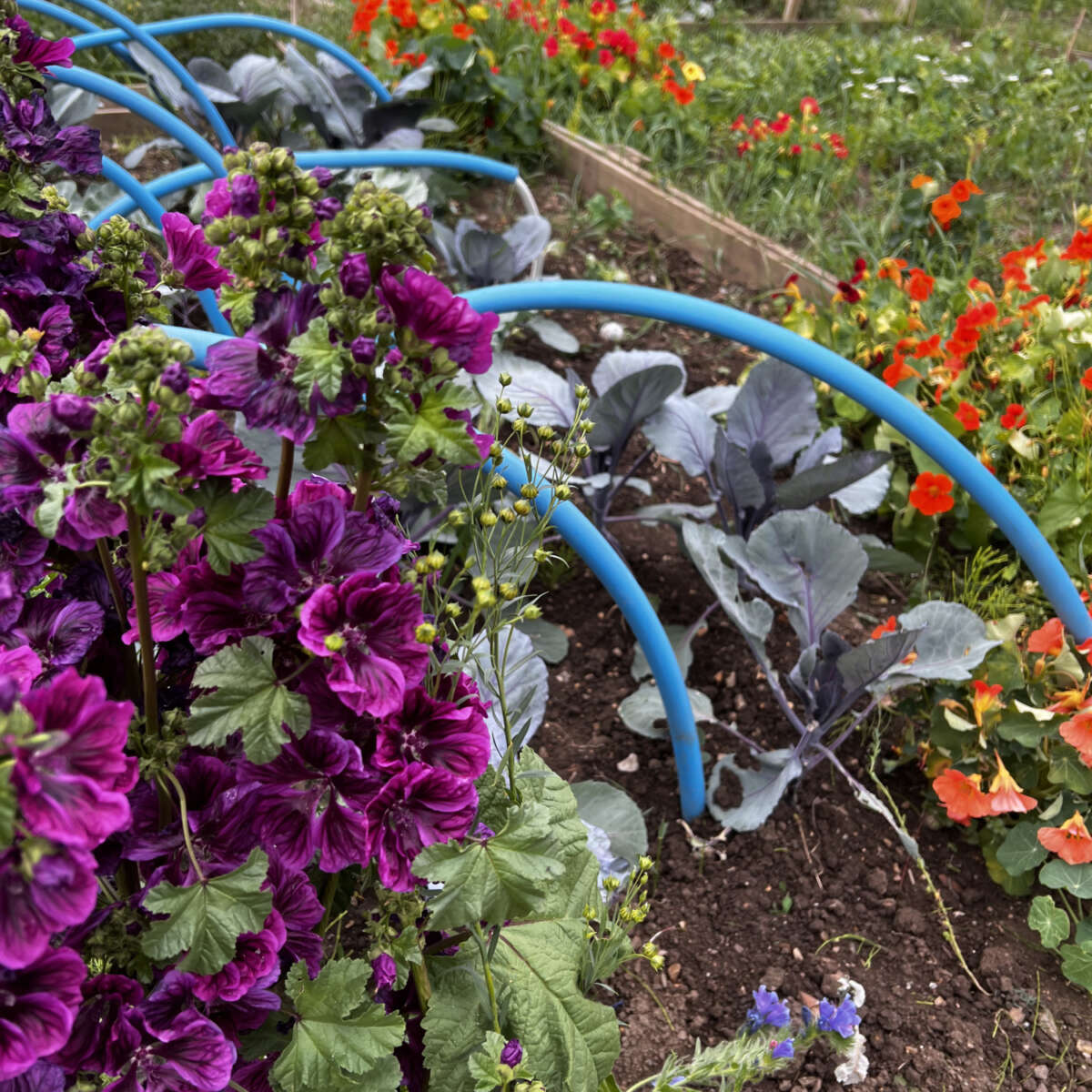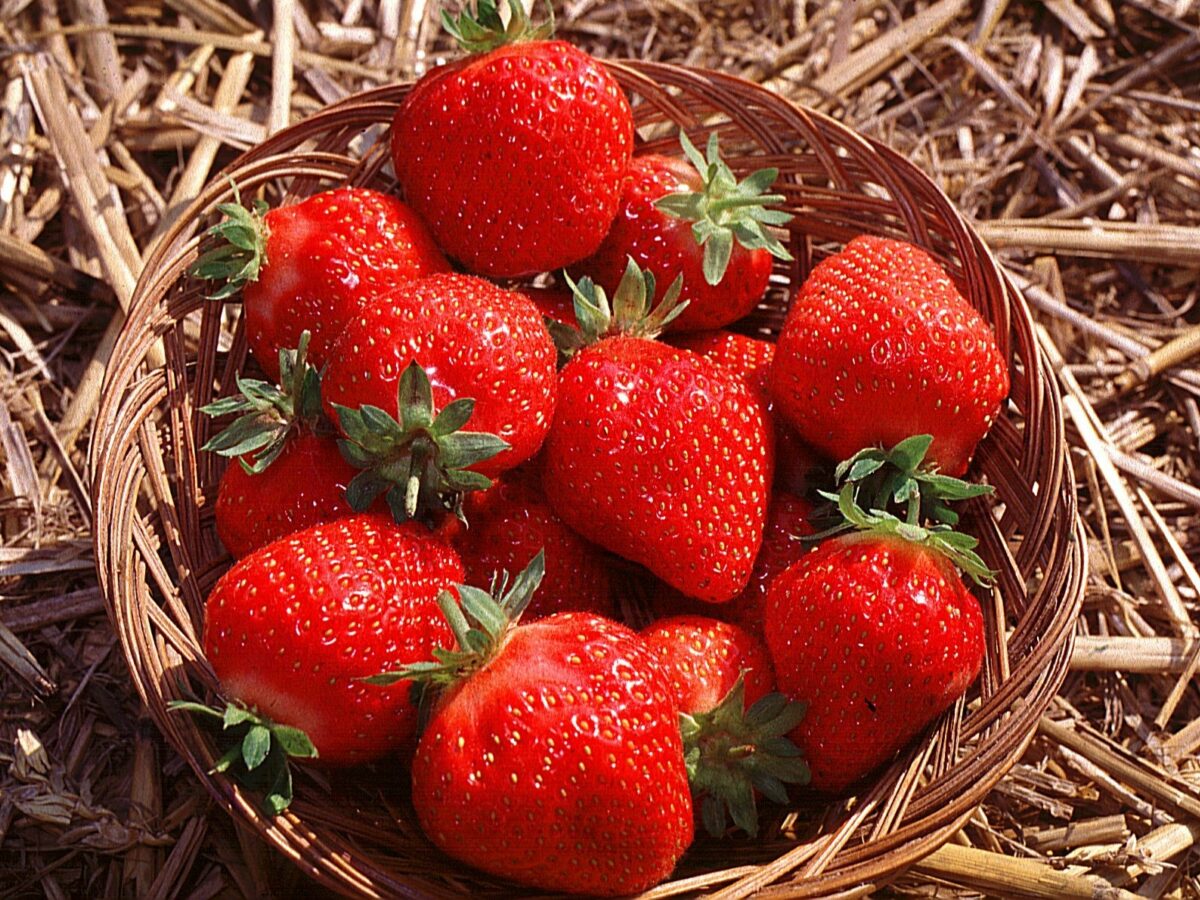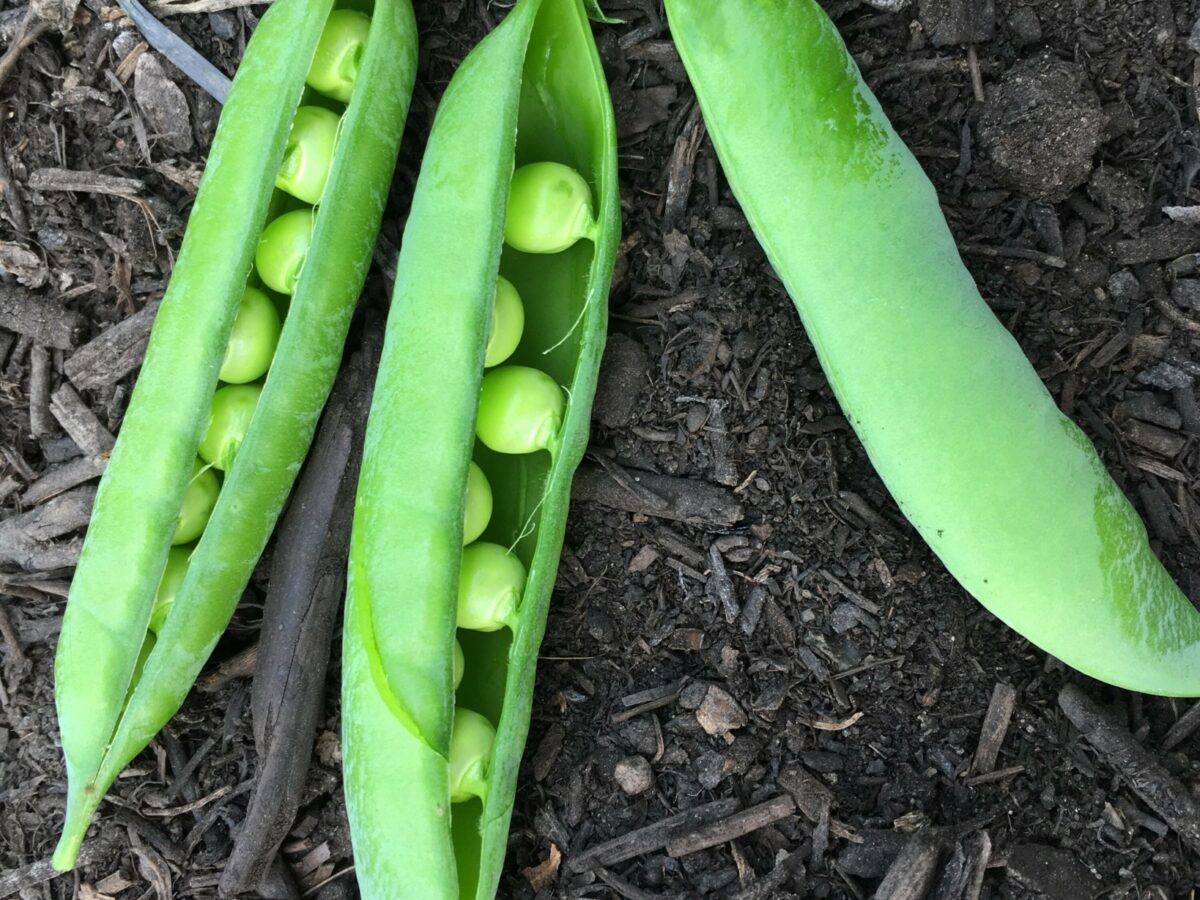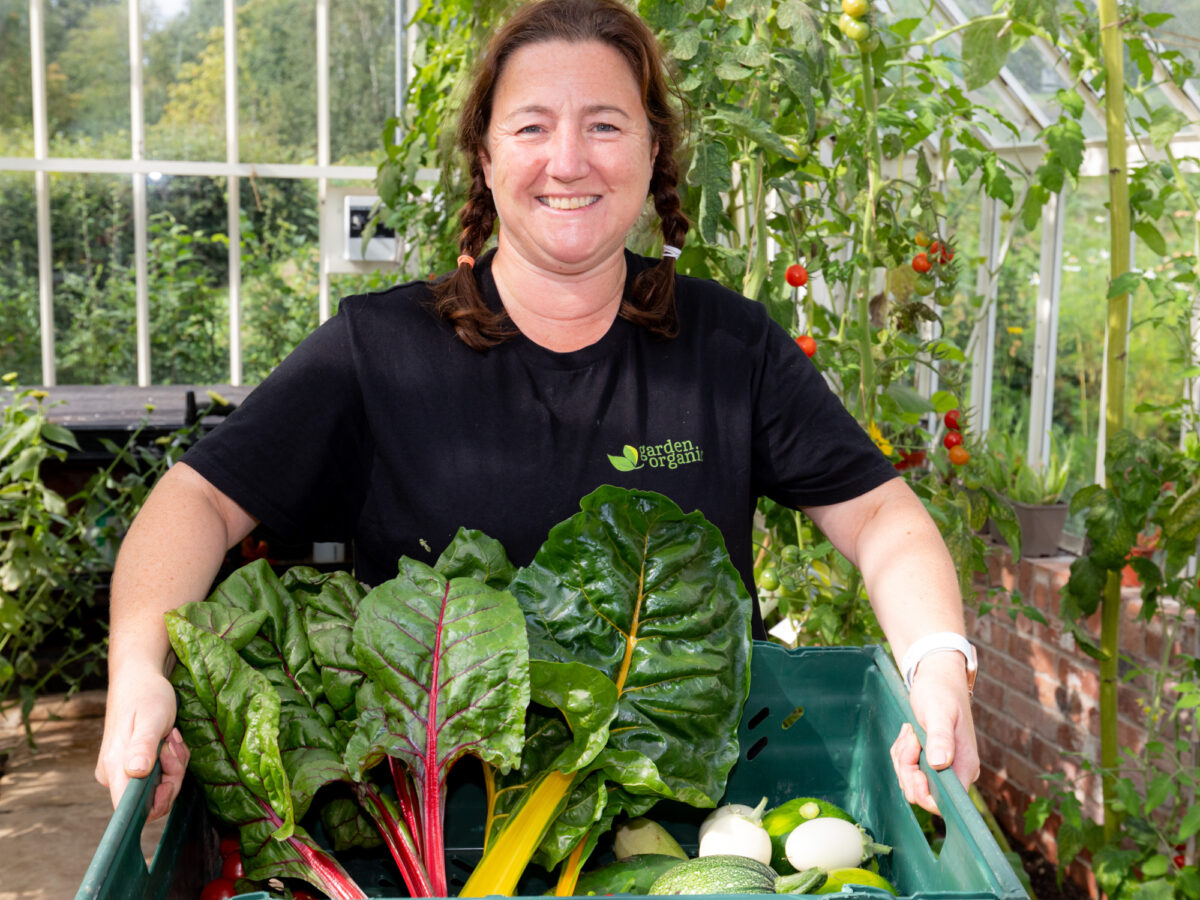
Allotment growing
First plot first steps
Getting the keys to your first allotment can be both exciting and daunting. But nothing beats having a small plot of land to call your own - and the ability to grow organic fruit, veg and flowers.
Your local authority or allotment society should be your first port of call for getting on an allotment waiting list. But be patient: some lists can be lengthy.
New plots come in all shapes, sizes – and states! But most plots are measured in rods or poles, with 10 poles (or 250sq metres) being the average dimension.
The first glimpse of a plot of this size (especially if it's carpeted in knee-high grass or wild plants) can be quite intimidating. We recommend working on bite-sized chunks.
Preparing your allotment plot
Instead of trying to clear the whole plot or using quick-fix toxic chemicals, divide your plot in half.
Cut down larger foliage in one half to soil level. Rake off the debris and leave in a pile to rot down. Avoid adding the whole lot to your compost heap as the debris might be full of weed seeds.
Next, apply a good layer of mulch to the soil to smother wild plants (that you don't want), nourish the soil and retain moisture. Here's some good suggestions for organic mulches.
Hoe the other half of your plot and remove deep-rooted, unwanted plants such as dock. Rake to a crumbly tilth, and you're ready to sow your first crops! Check out our No Dig method for more tips.
How to adopt an organic approach
An organic allotment is built from the ground up – and is teeming with life. There will be worms and fungi below ground, and butterflies and birds above ground. As well, hopefully, lots of tasty, homegrown produce.
We recommend:
- Adding compost or bulky organic materials to the soil to improve structure and nutrients.
- Minimising digging (after your first plot clearance) to avoid disturbing complex soil life.
- Planning your plants and using crop rotation, to make the best use of nutrients and circumvent 'pests' and diseases.
- Growing green manures to improve structure and nutrients and suppress weeds.
- Encouraging biodiversity by providing habitats, and using alternatives to pesticides. Birds, frogs and hedgehogs love to nosh on snails and slugs; beetles, ladybirds and hoverflies help control aphids.
- Love your weeds. Accept you will not get rid of all weeds and many of them are beneficial for wildlife and soil structure. Some can even be eaten.
Three easy starter crops
You may only have a few hours a week to dedicate to your plot, so make sure you grow what you want to eat. We recommend luxury organic crops you can't buy easily in the shops...
Fact sheet:
Strawberries

- About:
- Easy to grow from bare-root runners, these plants provide sweet fruits within 20 weeks of a spring planting.
- Suggested varieties:
- Aromel, Cambridge Favourite, Florence, Honeoye, Pegasus, Red Gauntlet
- Average plant size:
- 15cm tall, 30cm wide
- Equipment needed:
- Feed, netting, horticultural fleece
- :
Become a member today to view the full fact sheet.
Become a memberFact sheet:
Peas

- About:
- Little else rivals the taste of a homegrown pea straight from the pod. Sow in late spring and support with twiggy sticks. Pick regularly for lots of pods.
- Suggested varieties:
- Sugar Pea Norli (mangetout); Ambassador, Cavalier, Waverex (shelling)
- Average time to harvest:
- 10-14 weeks
- Equipment needed:
- Twiggy sticks, mulch (eg compost)
- Average plant size:
- 90cm tall, 30cm wide
Become a member today to view the full fact sheet.
Become a memberFact sheet:
Lemon Balm

- About:
- Luscious bundles of fragrant herbs are cheap and plentiful at the allotment. They're also a great draw for wildlife. We love lemon balm for tea.
- Suggested varieties:
- Melissa officinalis (botanical name)
- Average time to grow:
- From 12 weeks
- Equipment needed:
- None
- Average plant size:
- Up to 75cm tall, 45cm wide
Become a member today to view the full fact sheet.
Become a memberAllotment checklist
Reusing, recycling and reducing your reliance on outside resources is the key to a bountiful organic allotment...
- Soil testing kit. Find out if your soil is clay, chalky, sandy or loam, and its pH level.
- Compost bin. This can be a heap, a black 'dalek' box or knocked together from old pallets. Get tips for making homemade compost here.
- Water butt. Save precious water and add guttering to your greenhouse or shed so you can collect run-off.
- Tools. Browse second-hand shops for your essential toolkit. We recommend a hoe (for shaving off annual weeds), a fork (to get at your root veg), a rake (to create a fine tilth), a wheelbarrow (for easing back pain!), and a sharp knife or secateurs (for pruning, harvesting and cutting woody growth for plant supports).
- Lidded container. Useful for making your own plant food from nettles, comfrey or rhubarb leaves. Find out more here.
- Envelopes and bags. For saving seeds – and collecting your delicious harvest.

Become a member of Garden Organic
And receive member-only discounts for our Ryton-based tours and workshops.